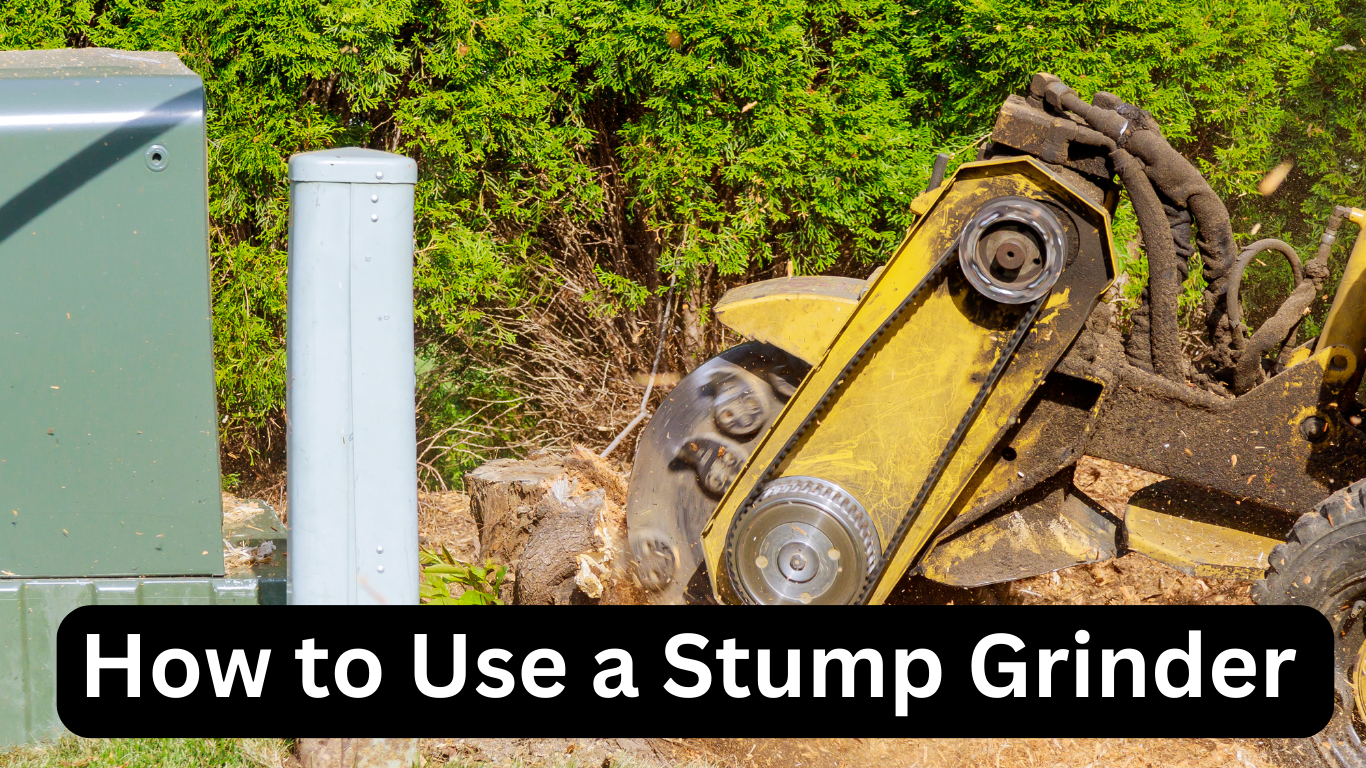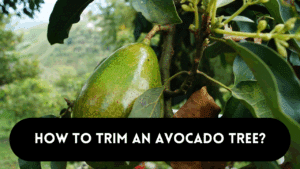Tree stumps can be unsightly and even dangerous, but removing them doesn’t have to be a daunting task. With a stump grinder, you can turn a seemingly tedious process into a manageable and even satisfying job. A stump grinder is a powerful machine that uses a rotating disc or wheel with sharp teeth to break down tree stumps into small, wood-chip-like pieces. This article will guide you through the process to use a stump grinder step by step.
Safety Precautions: Prioritizing Protection
Before diving into the step-by-step process, it’s important to highlight safety precautions. Using a stump grinder involves handling a heavy and powerful machine, so it’s crucial to ensure your safety first.
Personal Protective Equipment (PPE): Always wear safety glasses or goggles to protect your eyes from flying debris. Ear protection is also recommended due to the high noise levels of the grinder. Durable gloves will protect your hands, and sturdy boots will shield your feet.
Operating Terrain: Steep hillsides and uneven terrains can be risky as the grinder might be difficult to control. Try to use the stump grinder on flat, stable ground as much as possible.
Read Manufacturer’s Instructions: Different stump grinder models have different features and controls. Reading the manufacturer’s instructions will familiarize you with the specific operations and safety measures for your particular machine.
How to Use a Stump Grinder?
Once you’re properly equipped and have read the instructions, you’re ready to proceed with the stump removal process.
Positioning the Grinder
The first step is positioning the grinder correctly. Place it on level ground, ensuring the grinding wheel faces the stump. Always operate the machine from behind the control panel to avoid any potential accidents.
Engaging the Clutch
With the machine in position, it’s time to engage the clutch. Raise the grinder wheel over the stump and put the device in low or slow mode. This action will cause the cutting blades to spin rapidly.
Be ready for some kickback when you turn on the engine and hold on tightly to the handlebars. The machine will vibrate strongly once the clutch is engaged, so a firm grip is essential.
Grinding the Stump
After engaging the clutch, slowly drive the machine forward until the wheel is directly over the stump’s front edge. Engage the power lever to start the wheel spinning, then slowly lower it about 3 inches into the stump.
Continue this process, grinding and moving forward little by little until you’ve reached the other side of the stump. Raise the cutting wheel, shift into reverse, and return to the starting spot.
Using the Brake Lever
Finally, once you’ve ground down the stump to your desired depth, use the brake lever to lift the grinder wheel a few inches above the stump. This completes the stump grinding process.
Frequently Asked Questions:
What safety gear is required when using a stump grinder?
When it comes to using a stump grinder, prioritizing safety is essential. Appropriate personal protective equipment (PPE) must be worn to reduce the risk of injury.
This includes sturdy boots to protect your feet from any falling debris, as well as durable gloves to safeguard your hands from potential vibration-related harm.
Safety glasses or goggles are necessary to shield your eyes from flying wood chips, and given the high noise levels produced by stump grinders, ear protection such as earmuffs or earplugs is also recommended. Lastly, a hard hat can provide additional protection from any unexpected falling debris.
How to prepare the area before using a stump grinder?
Before operating a stump grinder, area preparation is key. Start by removing any rocks or large debris from around the stump to prevent them from being thrown by the grinder. Trim the stump as close to the ground as possible, as this will reduce the amount of grinding required.
Clear a pathway for the grinder to reach the stump and ensure the area is flat and stable to safely operate the machine. Lastly, cordoning off the site is a good idea to keep bystanders and pets at a safe distance.
What is the difference between a hydraulic and manual stump grinder?
The primary difference between hydraulic and manual stump grinders lies in their operation and power source. A hydraulic stump grinder, often used by professionals, utilizes hydraulic power to drive the cutting wheel. These machines are generally larger, more powerful, and more efficient, capable of grinding larger stumps and operating for longer periods.
On the other hand, manual stump grinders are usually smaller, powered by a gasoline engine, and require the operator to manually move the cutting wheel across the stump. While manual stump grinders are more physically demanding to operate, they are also more accessible for homeowners due to their size and cost.
How long does it take a stump grinder to grind a stump?
The time it takes to grind a stump can vary based on several factors, including the size of the stump, the type of tree, and the grinder being used. However, for an average-sized stump from a deciduous tree, it can take about 30 minutes to 2 hours to completely grind the stump using a standard stump grinder. Larger stumps or those from harder wood species may take longer.
Does a stump grinder remove roots?
While a stump grinder is primarily designed to grind down the visible part of the tree stump, it can also handle surface roots or those that are slightly below the surface. However, stump grinders are not designed to remove deep roots that extend far below the surface of the ground.
For root removal extending deeper into the ground, other methods, such as root cutting or chemical stump killers, might be necessary. Always remember to check for utility lines before attempting to remove roots.
Conclusion
Removing a stump with a grinder might seem like a daunting task, but by following these steps and adhering to safety precautions, you can accomplish this task efficiently and safely. Remember always to wear appropriate PPE, operate on flat ground when possible, and keep a firm grip on the handlebars.




